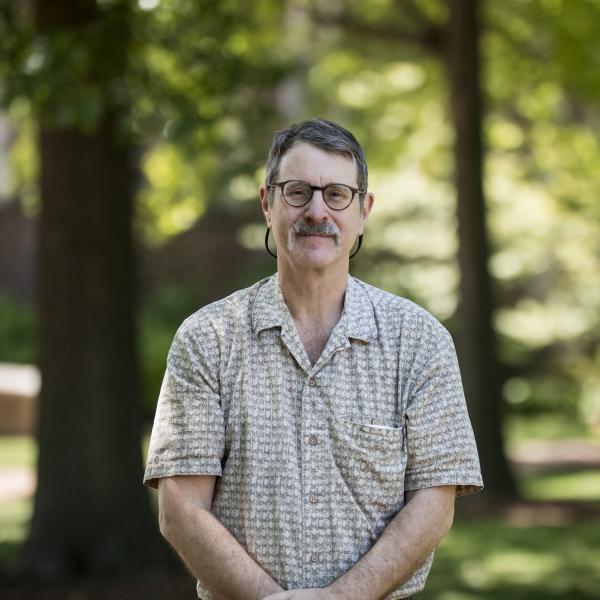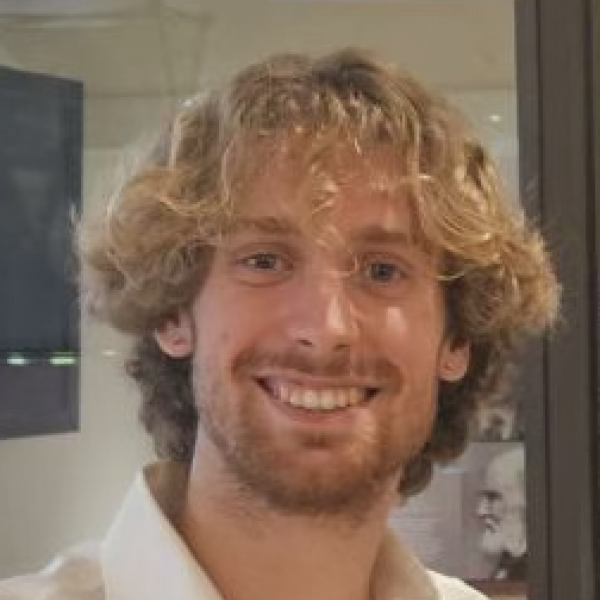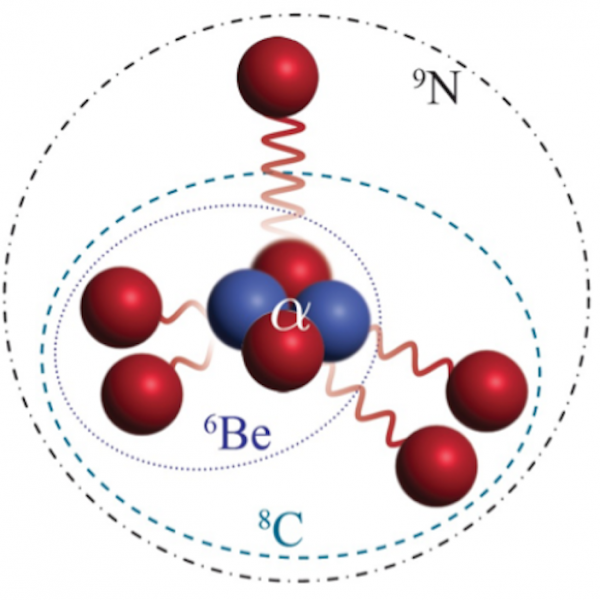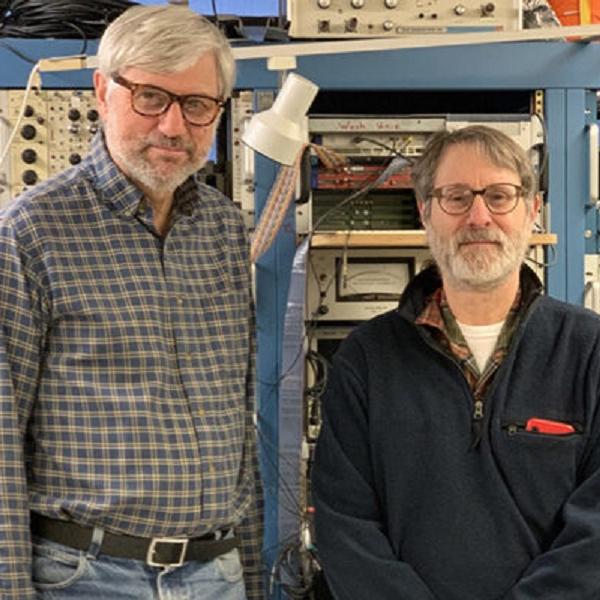Professor Sobotka is particularly interested in the de-excitation modes of highly-excited nuclei; continuum structure of exotic nuclei; nucleosynthesis, dynamics of nuclear fusion and fission; the asymmetry dependence nucleon correlations in atomic nuclei; the asymmetry dependence of the equation of state of nuclear matter; multi-particle correlations; advanced radiation detectors and the associated electronics including ASIC design; and various applied nuclear science topics.
Our interests span from basic nuclear science to selected topics in applied nuclear science. Topics under current investigation include:
- The continuum structure of light nuclei both on and off nucleosynthetic paths.
- The influence of phase transitions in finite, two-component quantal systems on the dynamics of collisions between heavy nuclei.
- Developing techniques to measure the evolution of the nuclear density-of-states with excitation energy.
- Clustering in low-density nuclear systems.
- The deexcitation of highly-excited nuclei by the emission of complex clusters of nucleons.
- Development of new detector technologies and pulse-processing electronics for ionizing radiation.
- Employing multiple techniques (including 11C positron imaging) to study how the products of photorespiration are used by plants to direct plant physiology.
Here we will discuss only the second topic in the list above. Nuclear systems are two component (n and p) quantal systems. When taken through a phase transition, quantal systems must obey the same Gibbs' conditions (equality of the chemical potentials of each substance in the phases in equilibrium) as non-quantal systems. The common component fractionation (distillation) with phase separation can also occur in multicomponent quantal systems. It is just such a component fractionation (different n/p ratios in the low and high-density regions of a reaction system), driven solely by quantal effects, that has drawn our interest in recent. The thermodynamic force driving such a fractionation can be understood as follows. Imagine an unequal filling of dual sets of quantum levels, one set for n's the other for p's. As a result of the different Fermi levels, there is a finite thermodynamic potential difference between n's and p's. Given enough time the Weak interaction will convert n's to p's (or visa-versa) to equalize the Fermi energies. This is in fact what drives β-decay. However due to the weakness of the interaction, such interconversions have characteristic times exceeding 1 ms.
On a shorter time scale, fractionation should occur if two "phases" of different density are present. The phase with lower density will have the quantum levels spaced closer together and thus a particle imbalance will result in a smaller absolute chemical potential difference. If the two phases of different density are in equilibrium, the nucleon species in excess will be driven into the low-density phase (where the absolute difference in the Fermi levels is smaller.) Both theoretical modeling and experiments related to generating conditions under which such a fractionation could occur are topics of current interest.
Needless to say, this topic is closely related to the Equation of State (EoS) of asymmetric nuclear matter. Decoding this EoS is essential for determining the structure of neutron stars and the nature of super-nova explosions. These stellar explosions are the likely mechanisms for the synthesis of about half of the heavy elements via the rapid neutron capture process. In this process, the explosion generates an intense pulse of neutrons which are sequentially captured by seed nuclei. After the neutron pulse subsides, the very neutron-rich species β-decay back to stability. This element building process is controlled by the masses and the density of states (at the energy corresponding to the capture on a neutron) of the β-unstable, neutron-rich nuclei.






